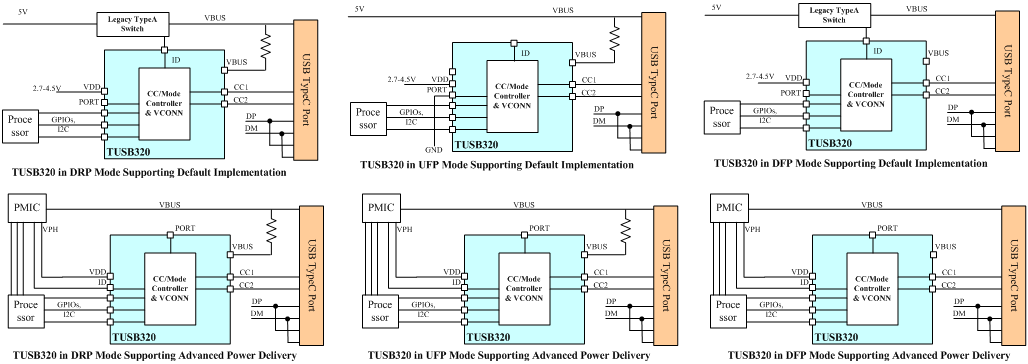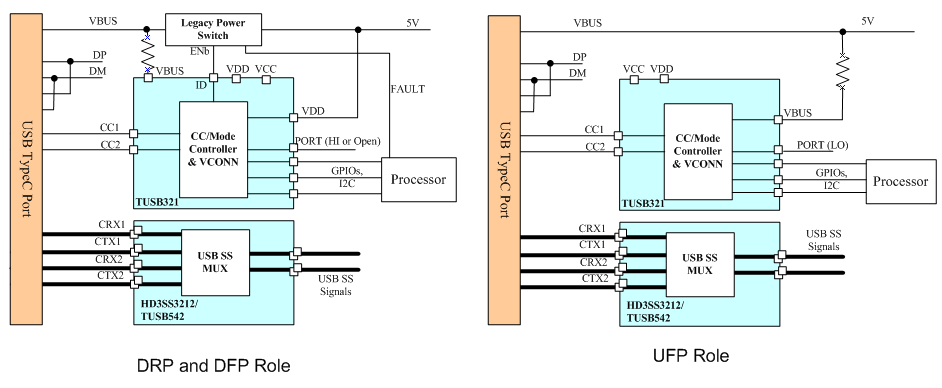SSZTCI0 july 2015 HD3SS3212 , HD3SS460 , TUSB320 , TUSB321
Most of us have become so attached to our phones to stay connected with work, family and friends. However, the place where I feel most unconnected is in my car. My phone is in the passenger seat, gathering new texts, emails, missed calls and social media notifications. At a stoplight, I often grab it to quickly check new notifications. But when I arrive at my destination my phone’s battery is typically low.
I tried all the Bluetooth® products and the 12V phone chargers. I get excited for a while when I buy a new one, but it quickly fails to meet my demands. People complain about my voice quality when I use the speaker in my car, and my phone (which is nearly as capable as a laptop) barely maintains a charge, never coming close to charging with the 500mA current. Not to mention, the audio content is not getting to the car to share on its many capable displays.
When I work with Universal Serial Bus (USB) Type-C, however, I get so excited about how it could change my driving experience that I am actually holding off on trading in my current vehicle until someone realizes the full potential of USB Type-C in cars. USB Type-C would easily provide 15W of charging power (as much as 100W with USB Power Delivery) and 20Gbps of data; even my phone would have to work hard to fill that pipe. It makes my electronics-loving heart excited. I might have to upgrade my phone (or at least its memory); just please don’t tell my wife. On the other hand, please do tell her because this capability would enable all passengers to enjoy their phones’ great capability even more when traveling in my car. It would be even easier to share social media posts with the entire family.
The TUSB320, a device that provides USB Type-C configuration channel logic and port control, could enable this experience and is available today. The device handles all of the USB Type-C channel controller (CC) and mode configuration communication for USB 2.0.
 Figure 1 USB 2.0 Implementation of Type
C
Figure 1 USB 2.0 Implementation of Type
CThe new TUSB321 can work with the HD3SS3212 device to enable a full USB 3.1 solution, thus using the full data transfer benefits of the USB Type-C connector.
 Figure 2 USB 3.0 Implementation of Type
C
Figure 2 USB 3.0 Implementation of Type
CTUSB320, TUSB321, HD3SS3212 and HD3SS460 are commercially available and Q100 qualification is possible on most devices. It’s so exciting to think that my next car might have these capabilities.
Are you ready to utilize your phone capability while in the car and arrive with a full charge? USB Type-C can make this a reality in your next vehicle. If you have any questions about how TI products are bringing this experience to life, please leave a comment below.